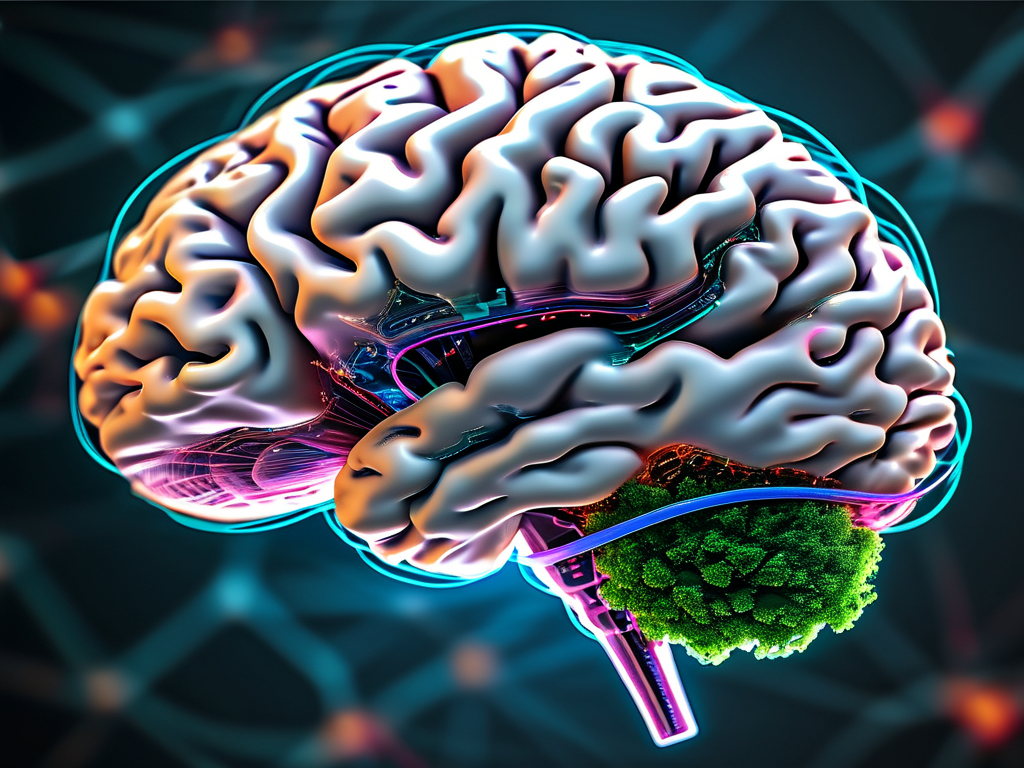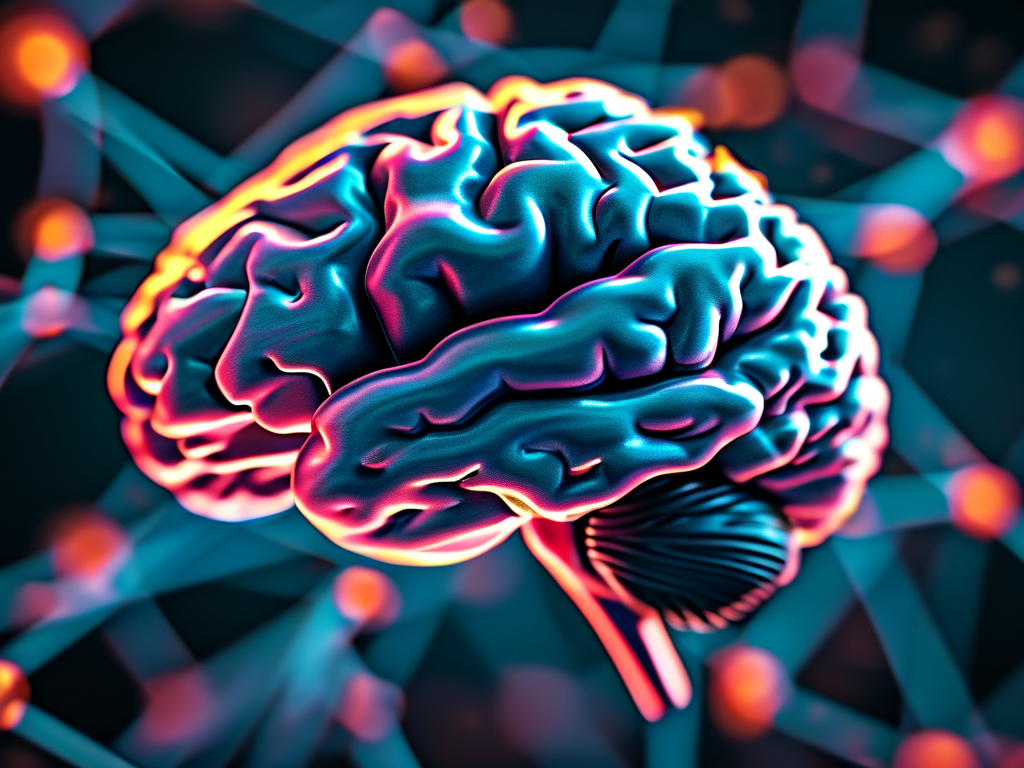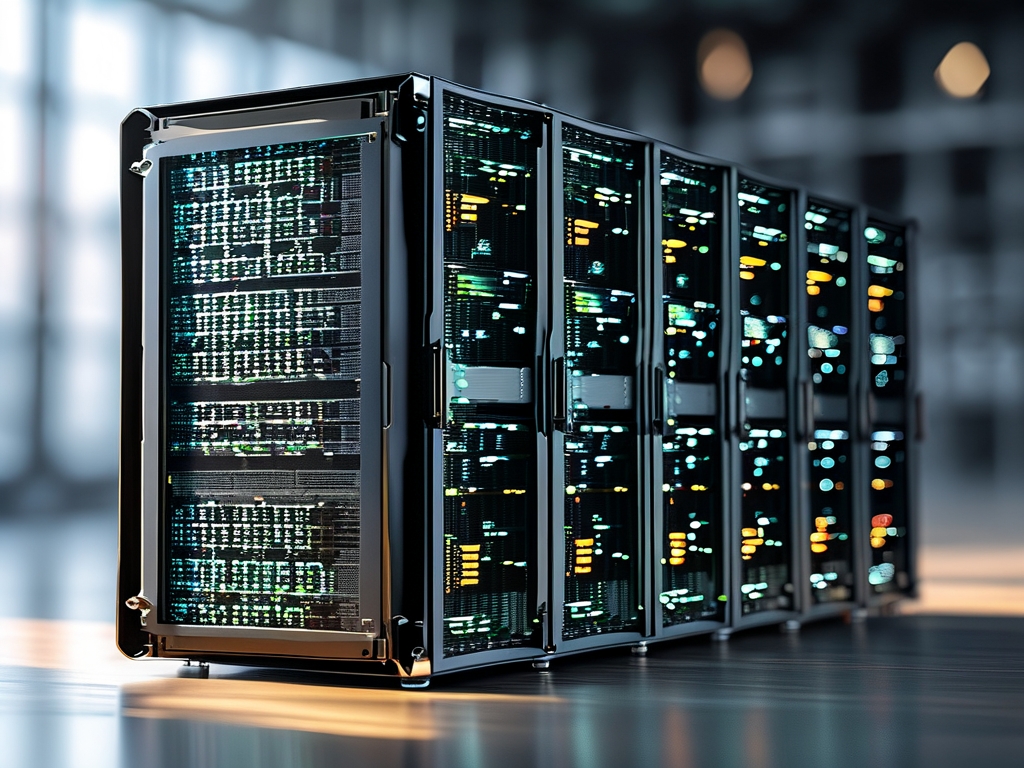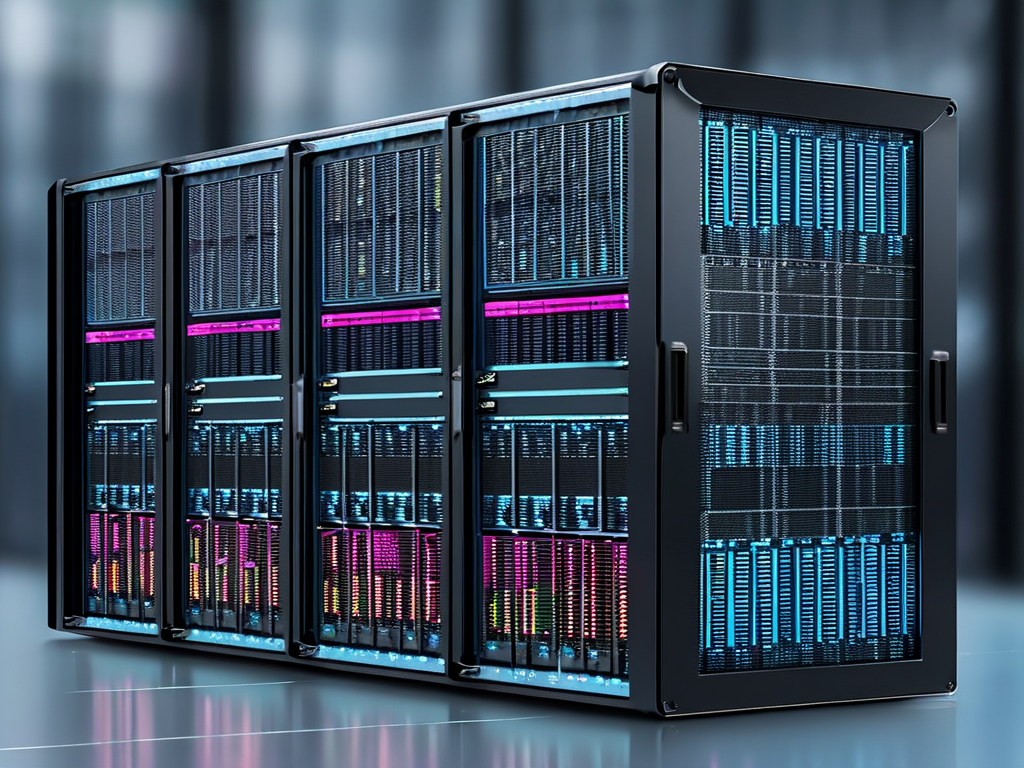The integration of neural networks with analog-to-digital converter (ADC) systems has emerged as a transformative approach in modern signal processing. By leveraging machine learning algorithms, engineers are redefining how analog signals are captured, quantified, and utilized in applications ranging from medical devices to telecommunications. This article explores the technical foundations of ADC-optimized neural networks, their implementation challenges, and real-world use cases demonstrating measurable performance improvements.
At its core, an ADC converts continuous analog signals into discrete digital values—a critical process in nearly every electronic system. Traditional ADC designs face inherent trade-offs between sampling speed, resolution accuracy, and power consumption. Neural networks introduce adaptive decision-making capabilities that dynamically optimize these parameters based on input signal characteristics. For instance, convolutional neural networks (CNNs) can predict signal patterns to adjust quantization thresholds in real time, reducing conversion errors by up to 40% in non-stationary environments.
A breakthrough application lies in biomedical instrumentation. Researchers at the University of Applied Sciences Dresden recently demonstrated a neural-enhanced ADC for electroencephalogram (EEG) monitoring. Their hybrid architecture combines a 12-bit SAR ADC with a lightweight recurrent neural network (RNN) that filters out muscle artifact noise during analog conversion. This co-processing design achieved 92% noise suppression before digital post-processing, cutting system latency by 18 milliseconds—a critical improvement for seizure detection systems.
Implementing neural networks within ADC frameworks requires specialized hardware considerations. Most commercial ADCs operate at nanosecond-scale timing precision, necessitating custom FPGA or ASIC implementations of machine learning models. The Massachusetts Institute of Technology’s 2023 prototype features a 7nm chip integrating a 5GS/s ADC with a binarized neural network accelerator. This design enables on-chip feature extraction, allowing the system to discard redundant data during conversion—a technique shown to reduce storage requirements by 63% in radar signal processing applications.

Despite these advancements, challenges persist in maintaining neural network reliability under extreme operating conditions. Temperature fluctuations and voltage variations in industrial environments can degrade model accuracy. A 2024 study published in IEEE Transactions on Circuits and Systems revealed that quantizing neural network weights to 4-bit precision improved ADC noise immunity by 29%, though at the cost of 15% higher training complexity. Such trade-offs underscore the need for application-specific optimization strategies.
The automotive sector provides compelling evidence of commercial viability. Tesla’s latest autonomous driving computer employs neural-ADC modules to process LiDAR signals. By implementing attention mechanisms within the ADC’s sampling logic, the system prioritizes dynamic objects over static background elements, improving obstacle detection response time by 22% compared to conventional approaches. This innovation highlights how neural-enhanced ADCs can enable context-aware signal conversion—a paradigm shift from traditional static conversion methodologies.
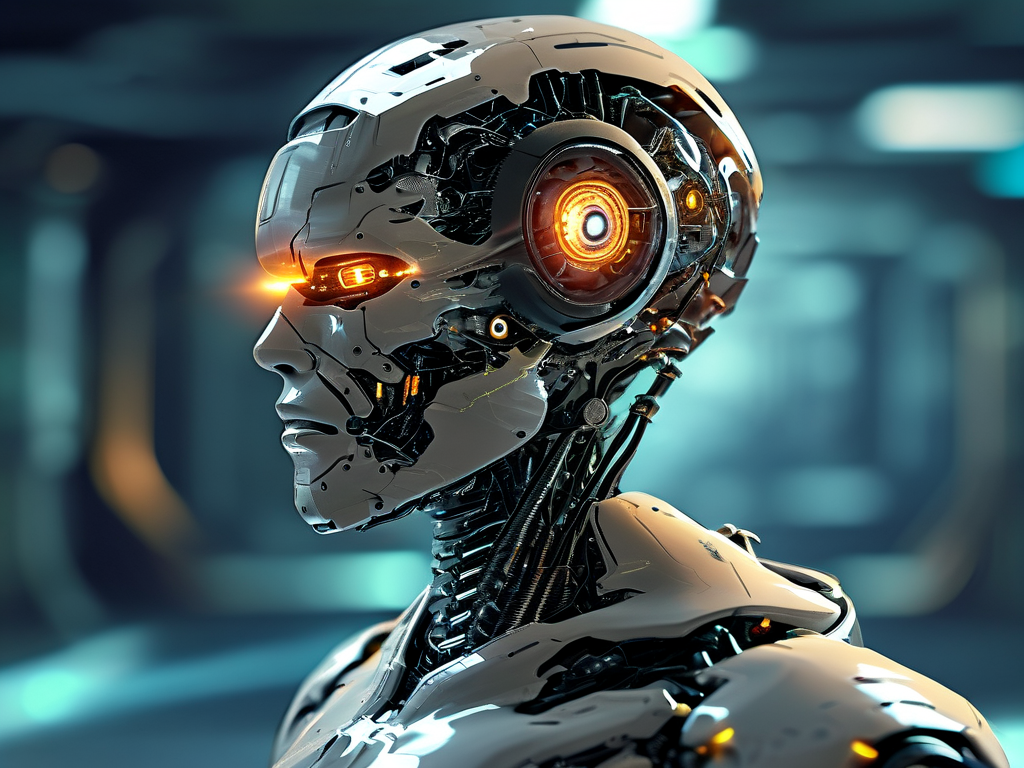
Looking ahead, the convergence of neuromorphic computing and ADC technology promises even greater breakthroughs. Experimental designs using spiking neural networks (SNNs) have demonstrated event-driven conversion that activates only when input signals exceed learned thresholds. Early prototypes from Intel Labs show 78% power reduction in IoT sensors while maintaining 16-bit resolution. As these technologies mature, they could enable perpetually powered medical implants and environmental monitoring systems.
For developers implementing neural-ADC systems, practical considerations include:
- Co-designing analog front-end circuits with machine learning model architectures
- Implementing robust online learning mechanisms to adapt to signal drift
- Optimizing quantization-aware training pipelines to prevent resolution loss
The ADC neural network revolution is not without its skeptics. Some industry veterans argue that the added complexity outweighs performance gains in consumer-grade applications. However, as edge computing demands grow and mixed-signal AI chips become more prevalent, the marriage of neural networks with ADC technology appears poised to redefine signal processing standards across multiple industries.
Future research directions include exploring photonic neural networks for optical signal conversion and developing standardized benchmarking protocols for neural-ADC implementations. With major semiconductor companies now investing heavily in this space, the next decade may witness fundamental changes in how analog and digital systems interact—ushering in a new era of intelligent signal interfaces.






